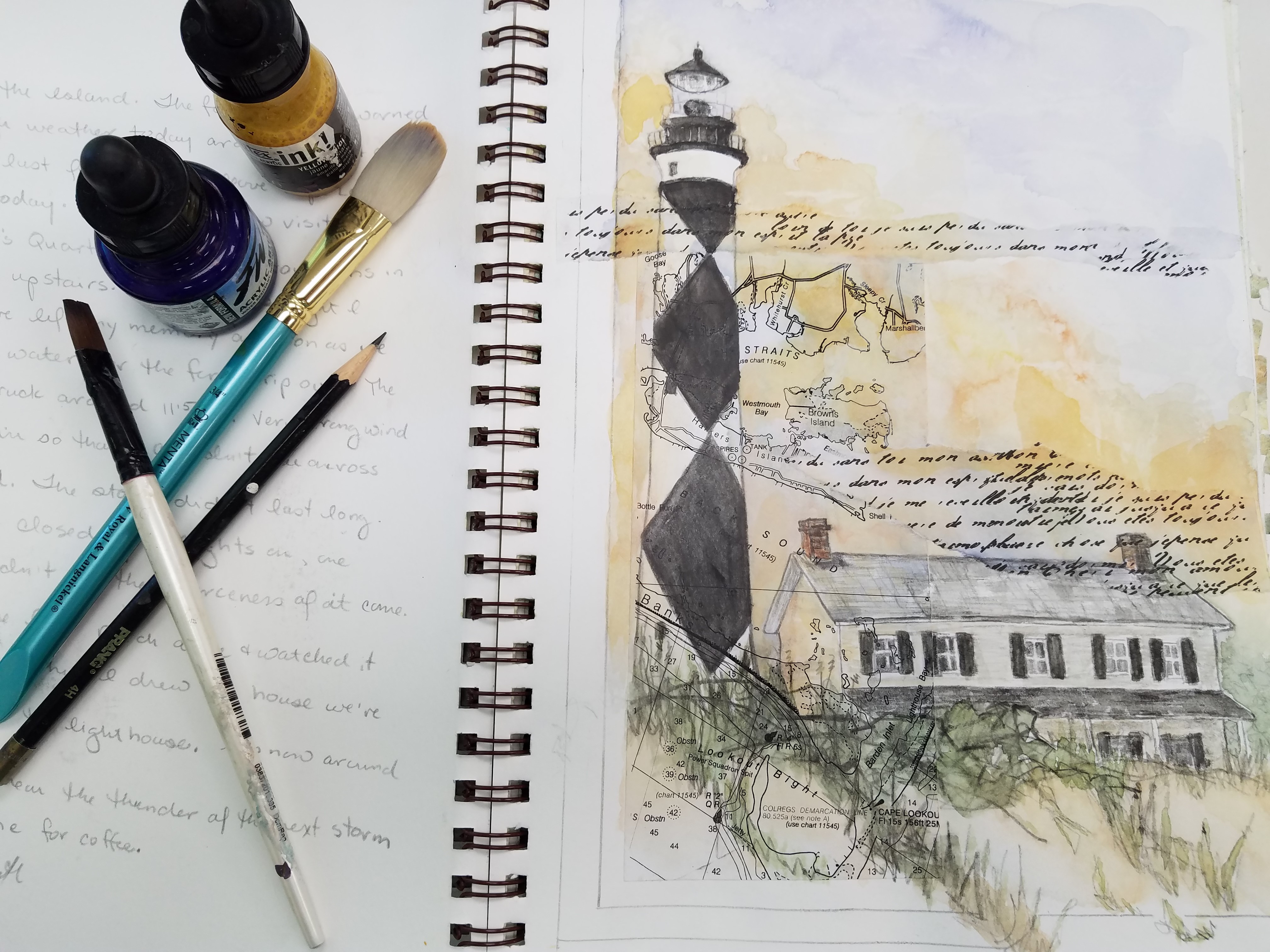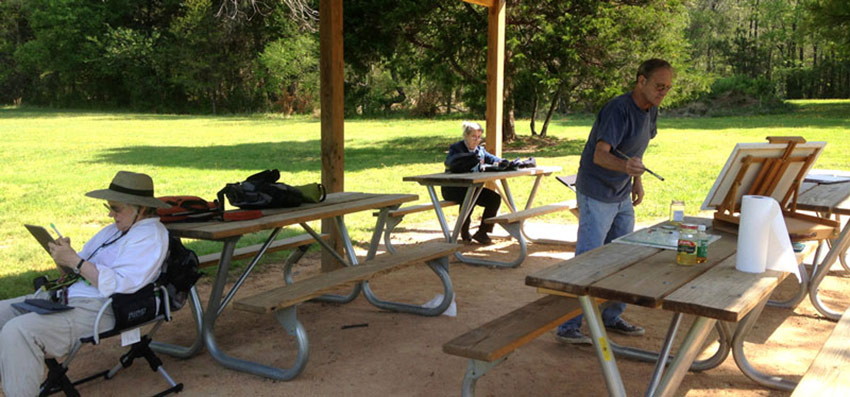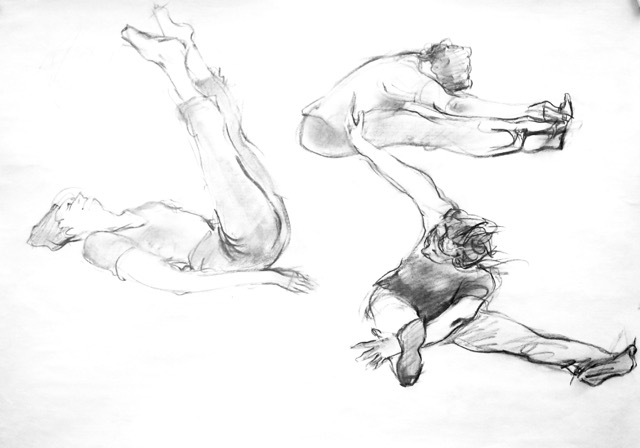Finishing up a yearlong art project left me drained and at loss of creative energy…
Thought I would share with you what I learned from a recent talk on art collecting that was presented by Sheldon Peck at the Ackland Art Museum. Peck opened with a slide of Toulouse-Lautrec’s oil on board of Dr. Jules Emile Paen, a dentist. Dr. Peck is an orthodontist who has amassed a remarkable collection of Flemish and Dutch drawings. He next showed a slide of a dentistry journal cover, a photograph of dental work being done that looked remarkably similar to the image painted in 1891. Dr. Peck used this as an example of what he called “image retention” that lasts for centuries. This became a thread in the interesting themes that ran through the evening’s commentary.
There were many little tidbits of collecting insight that spoke to the depth of how a collectible piece of art can viewed. Dr. Peck went over a list of the more important aspects of connoisseurship, including aesthetic and authenticity:
- good, confident draftsmanship
- where’s the light coming from
- technical analysis (ink, paper, the use of spectroscopy, infra-red,etc.)
- collector’s marks (provenance)
- stylistic analysis (medium, subject, etc.)
- stroke analysis – a very interesting comparison made between several old masters’ drawings of hands
It is possibly worthwhile to know, too, that the titles of old collectible pieces are often made up long after the creator is gone. Auction houses might make up a title for a drawing just to differentiate it from other work on the block, e.g. Boat on a River or Fishermen on a Boat. In fact the scene could actually have a recognizable place name, a remarkable structure in the background, or some historical significance in its content that only an astute collector or curator would research and recognize. Dr. Peck himself has had the pleasure of renaming collected work.
This talk was the last in the Conversations On Collecting series of free talks offered at the Ackland. I thought others would enjoy this analysis.
“If you’re a right-handed artist, try not to get a left-handed critic.” Anon.
See Marilyn’s art work at her website.
Comments (2)
Leave a Reply
You must be logged in to post a comment.





Thanks Marilyn for sharing this with us. I will keep my eye out for other talks at the Ackland. Their shows are always interesting and you have peaked my interest in their presentations!
Dear Marilyn,
Thank your for writing this! It is always great to see a little of the impact, and the feeling that emerges from our programs. I am delighted that we are able to offer this sort of program at the Museum – and personally indebted to the collectors who participated.
Thanks again…
Amanda Hughes
Director of External Affairs, Ackland Art Museum